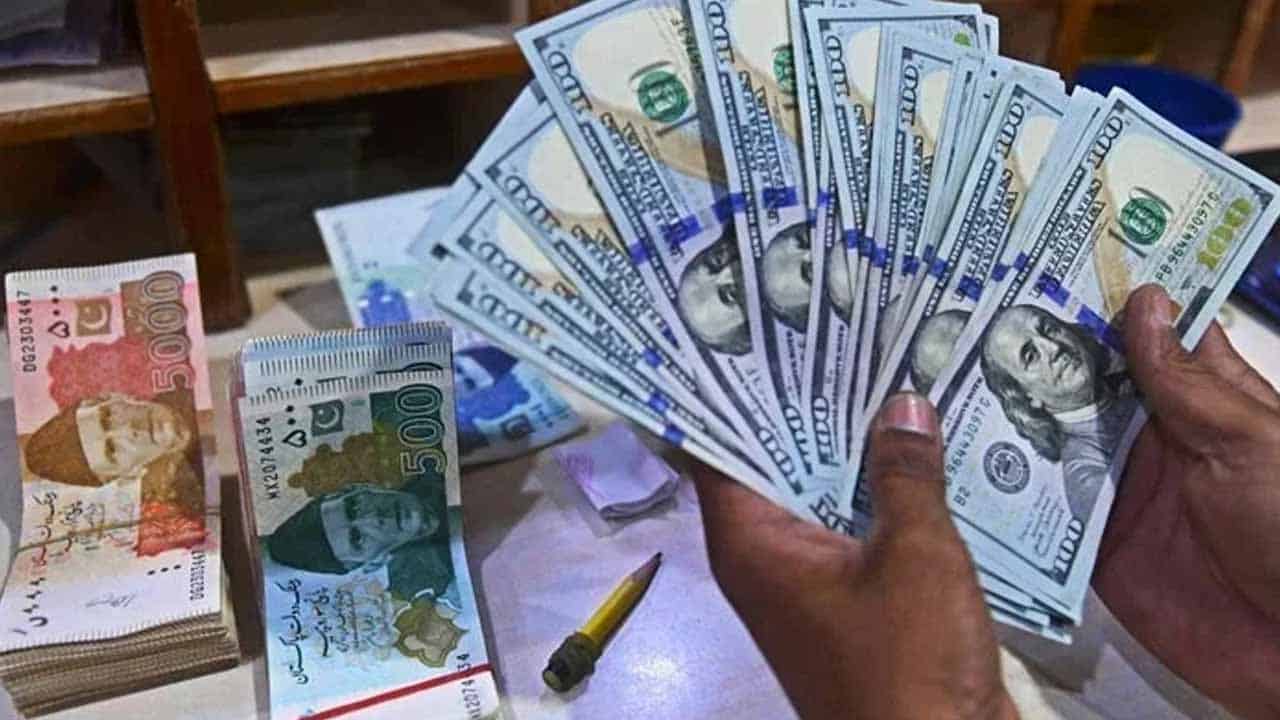After gaining for two hours straight, the rupee fell to a record low versus the dollar on Thursday in the interbank market as “optimism surrounding the government and International Monetary Fund (IMF) talks pulled back.”
The rupee lost Rs1.17 during intraday trade today, and at 1 pm it was worth Rs272.17.
On Wednesday, the rupee had a closing value of Rs268.83.
Market confidence had already been shaken by the International Monetary Fund (IMF rejection)’s of the government’s circular debt management plan (CDMP).
These reports, according to Ali, raised questions about the possibility of a bottleneck in the ongoing government-IMF negotiations.
Talks on the ninth review are now being held in Pakistan by an IMF team; they will last until February 9 and are expected to result in a staff-level agreement between the two sides.
Fund rejects circular debt management plan
In order to cap the extra subsidy at Rs335 billion for the current fiscal year, the IMF rejected the CDMP that the government submitted and requested the authorities to increase the energy cost by Rs12.50 per unit.
The Washington-based lender referred to the amended CDMP as “unrealistic,” which is based on several incorrect assumptions, during the second day of technical discussions. Therefore, the government would need to make more adjustments to its recommended course of action to limit the losses in the money electricity sector.
A fiscal gap will be worked out between the IMF and the Finance Ministry, and various extra taxation measures will then be finalized through the upcoming mini-budget.
The monster of circular debt is expected to grow by Rs952 billion for the current fiscal year, up from an earlier prediction of Rs1,526 billion, according to the revised CDMP.
On Wednesday, the government presented its revised plan to senior IMF officials. The plan reveals that the government needed an additional Rs675 billion in subsidies despite increasing the cost of electricity by as much as Rs7 per unit through quarterly tariff adjustments in the first two quarters of 2023 and by as little as Rs1.64 for the third quarter from June to August.
“The IMF has opposed the certain basis of the revised CDMP and asks the government to raise the tariff in the range of Rs11 to Rs12.50 per unit, so that the requirement of additional subsidy could be reduced to half from its existing levels of Rs675 billion for the current fiscal year,” sources confided to the publication.
The IMF also challenged how the government estimated its increased subsidy requirement for the current fiscal year of Rs675 billion. With the current exchange rate, the plan would be altered because the government understated the exchange rate when calculating the amended CDMP.
The newly created debt management strategy, according to the study, aims to keep DISCOs’ average losses for the current fiscal year at 16.27%.
In contrast to predictions of Rs65 billion made on the eve of the previous summer, the government has set a target to collect Fuel Price Adjustment (FPA) payments that were postponed.
The markup saving due to IPPs stock payment will bring Rs11 billion while the GST and other taxes on a collection basis will help recover Rs18 billion in the current fiscal year.
The circular debt is estimated to hover around Rs2,113 billion till the end of FY2023, including the amount parked in the Power Holding Limited (PHL), Rs765 billion and Rs1,248 billion payables to power producers and Rs100 billion to fuel suppliers.






